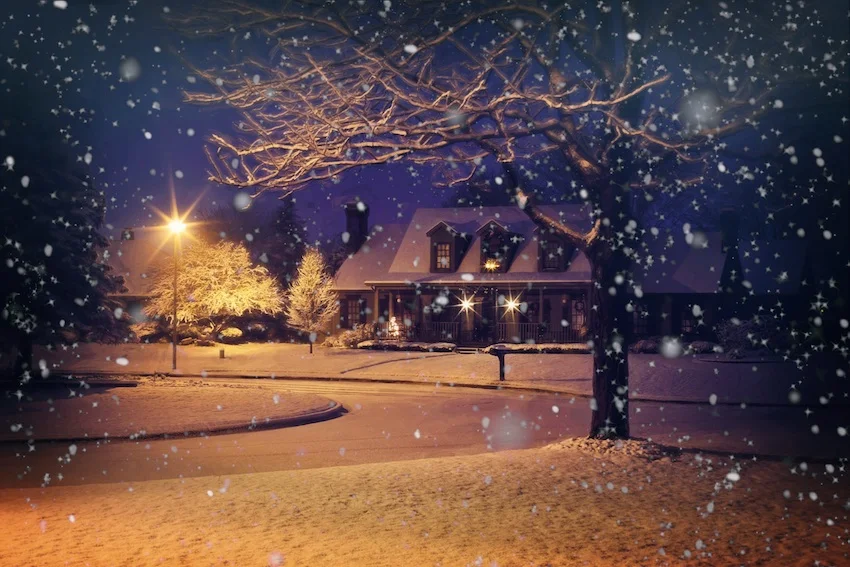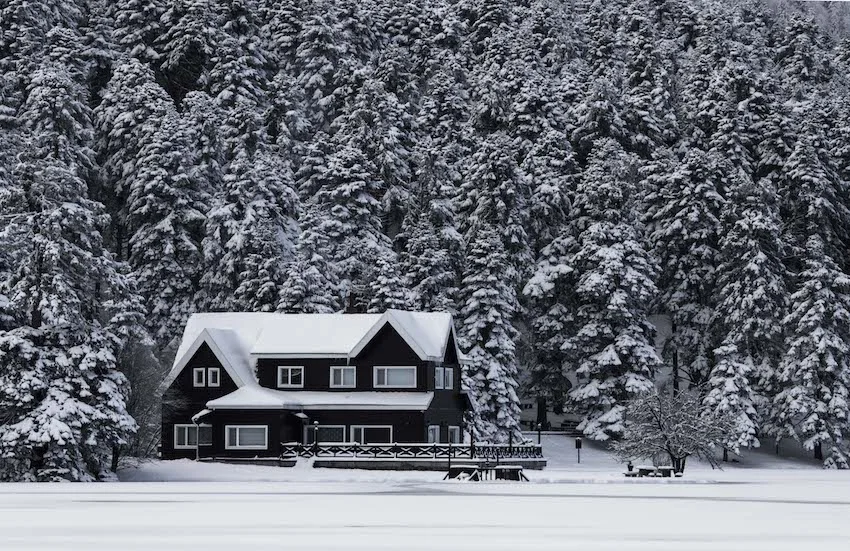Whether you’re attacked while working in the garden, enjoying a picnic in the park or lounging by the pool, bug bites and stings are an inevitable summer annoyance. At best, bites and stings can be uncomfortable for a few days; at worst, they can be a serious, life-threatening hazard.
There are nearly 600 common bugs and insects in Georgia. Below are just a few of the most common (and pesky) ones you should be on the look out for both inside and outside your home.
A List of Common Georgia Insects
- American Dog Tick
- Asian Multicolored Lady Beetle (aka Ladybug)
- Black Carpenter Ant
- Black Horsefly
- Black Widow Spider
- Brown Marmorated Stink Bug
- Dobsonfly
- European Earwig
- Mosquitos
And that's just to name a few! While many of these insects native to Georgia are actually helpful around the backyard, most homeowners would prefer they stay outdoors. There are plenty of things that can be done to create a barrier between your home and Georgia insects to keep them on the outside where they belong.
Check out our list of Georgia Pest Companies who can help your community and homeowners get control of the insects this summer.
Alternatively, local home supply stores sell a wide array of sprays and deterrents for those who don't mind spraying on a regular basis.
But what about the insects that you just can't control while you're enjoying the beautiful Georgia weather? Well, here are some tips on how to relieve the itch or sting and when to know if you should seek medical attention.
How to Treat a Bug Bite or Sting
If the bite or sting is mildly painful or itchy, apply over-the-counter medication that contains Benadryl or cortisone for topical relief. Other home remedies, like a applying a paste made from baking soda and water, dabbing on ammonia with a cotton ball, soaking in oatmeal baths or even applying toothpaste to the site may also provide relief.
Whatever you do, don’t scratch! This can cause an infection and leave a scar. And it won’t relieve the itch or sting.
If you feel faint, nauseous, dizzy or disoriented, or if you experience rapid heartbeat, difficulty breathing or your lips, tongue or throat swell, call 911 immediately. These symptoms indicate a severe allergy to the insect’s venom. Administer an Epi-pen (injectable epinephrine) if one is available and administer CPR if symptoms worsen before emergency personnel arrive. After the episode, follow up with a physician who can determine an allergy prevention treatment.
Stay alert for delayed symptoms around the bite or sting, like redness or swelling, which could indicate an infection or other condition. And see a doctor right away if you have a headache, fever or joint pain within a few days of being bitten. Some insects, like ticks and mosquitoes, can infect their victims with serious, flulike illnesses, such as Rocky Mountain spotted fever, Lyme disease and West Nile virus, which only a physician can diagnose and treat.
Most important, use insect repellant when outdoors and wear light-weight, light-colored clothing over arms, legs and feet to keep insects off your skin. And avoid wearing perfume and fragrances, which can attract bugs.






